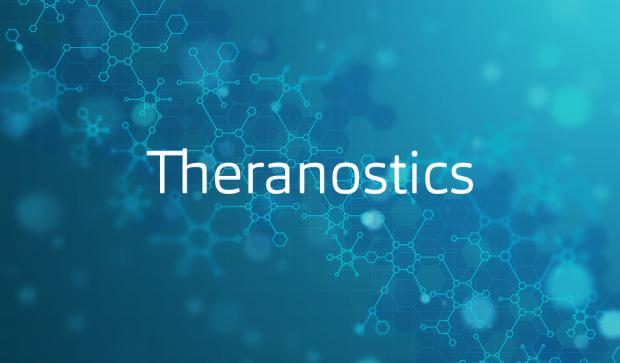
Breaking News
 NonConformist Series: Practical Wealth - Join us virtually Dec 29-30, 2025
NonConformist Series: Practical Wealth - Join us virtually Dec 29-30, 2025
 New bill would allow private citizens to fight cartels: 'WE ARE UNDER ATTACK'
New bill would allow private citizens to fight cartels: 'WE ARE UNDER ATTACK'
 Carnivore Got Me 90% There. This One Drink Changed Everything
Carnivore Got Me 90% There. This One Drink Changed Everything
Top Tech News
 Perfect Aircrete, Kitchen Ingredients.
Perfect Aircrete, Kitchen Ingredients.
 Futuristic pixel-raising display lets you feel what's onscreen
Futuristic pixel-raising display lets you feel what's onscreen
 Cutting-Edge Facility Generates Pure Water and Hydrogen Fuel from Seawater for Mere Pennies
Cutting-Edge Facility Generates Pure Water and Hydrogen Fuel from Seawater for Mere Pennies
 This tiny dev board is packed with features for ambitious makers
This tiny dev board is packed with features for ambitious makers
 Scientists Discover Gel to Regrow Tooth Enamel
Scientists Discover Gel to Regrow Tooth Enamel
 Vitamin C and Dandelion Root Killing Cancer Cells -- as Former CDC Director Calls for COVID-19...
Vitamin C and Dandelion Root Killing Cancer Cells -- as Former CDC Director Calls for COVID-19...
 Galactic Brain: US firm plans space-based data centers, power grid to challenge China
Galactic Brain: US firm plans space-based data centers, power grid to challenge China
 A microbial cleanup for glyphosate just earned a patent. Here's why that matters
A microbial cleanup for glyphosate just earned a patent. Here's why that matters
 Japan Breaks Internet Speed Record with 5 Million Times Faster Data Transfer
Japan Breaks Internet Speed Record with 5 Million Times Faster Data Transfer
'Theranostics' approach seeks and destroys deadly pancreatic cancer

The one-two punch provided by the novel approach could pave the way for earlier detection and more effective treatment of the disease.
With an average five-year survival rate of less than 10%, pancreatic ductal adenocarcinoma (PDAC) is one of the most lethal forms of cancer. It's also difficult to detect using conventional imaging methods, including positron emission tomography (PET) scans.
Now, researchers at Osaka University in Japan have developed a strategy for combatting this deadly cancer by combining therapeutics and diagnostics – 'theranostics' – into a single, integrated process.
The process developed by the researchers uses radioactive monoclonal antibodies (mAb) to target glypican-1 (GPC1), a protein highly expressed in PDAC tumors. GPC1 has been implicated in cancer cell proliferation, invasion, and metastasis, and high expression of the protein is a poor prognostic factor in some cancers, including pancreatic cancer.
"We decided to target GPC1 because it is overexpressed in PDAC but is only present in low levels in normal tissues," said Tadashi Watabe, the study's lead author.
The researchers injected human pancreatic cancer cells into mice, allowing them to develop into a full tumor. The xenograft mice were administered intravenous GPC1 mAb labeled with radioactive zirconium (89Zr) and observed for antitumor effects.
"We monitored 89Zr-GPC1 mAb internalization over seven days with PET scanning," said Kazuya Kabayama, the study's second author. "There was strong uptake of the mAb into the tumors, suggesting that this method could support tumor visualization. We confirmed that this was mediated by its binding to GPC1, as the xenograft model that had GPC1 expression knocked out showed significantly less uptake."

 Aluminum Causes Brain Damage
Aluminum Causes Brain Damage Advanced Propulsion Resources Part 1 of 2
Advanced Propulsion Resources Part 1 of 2

